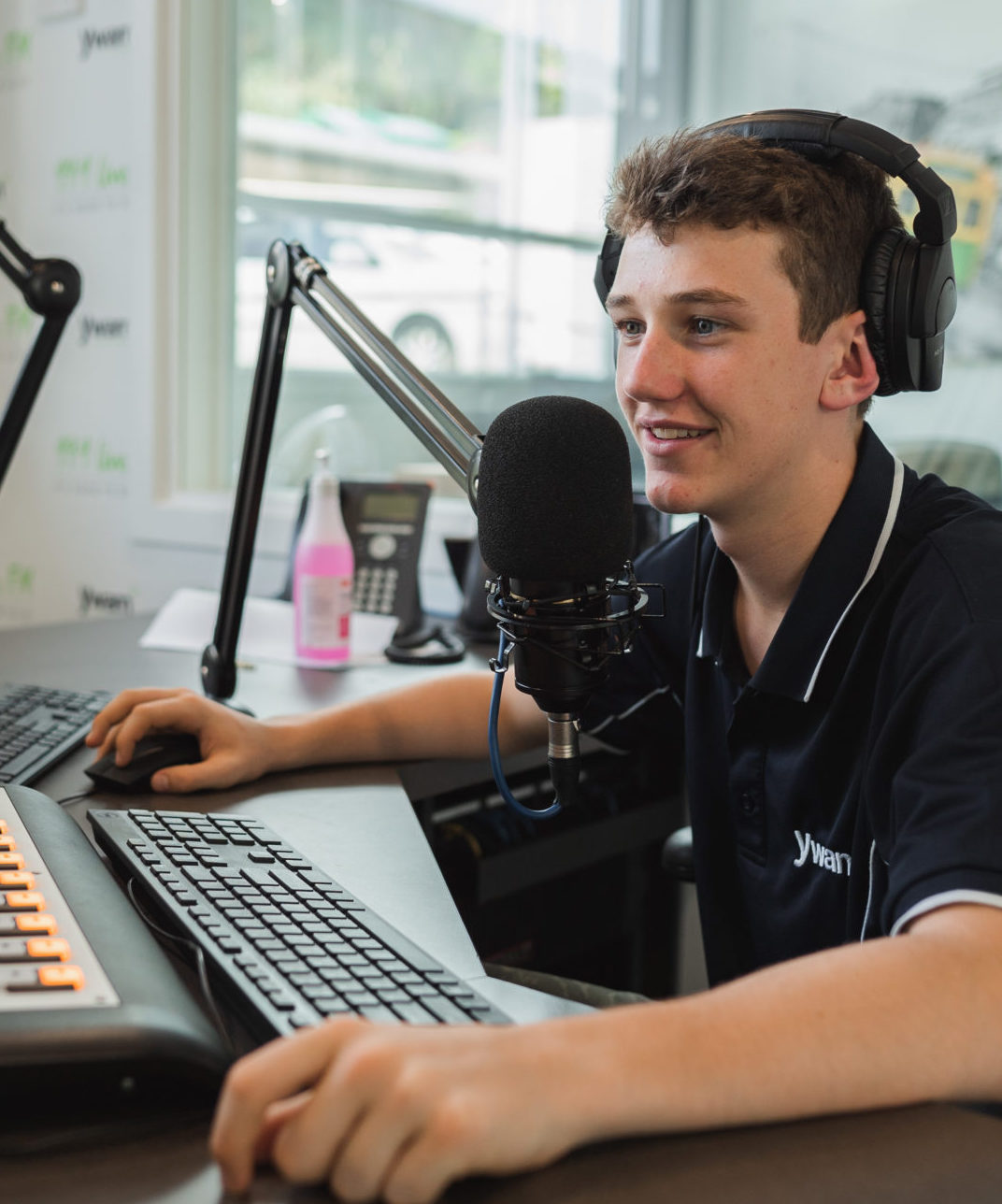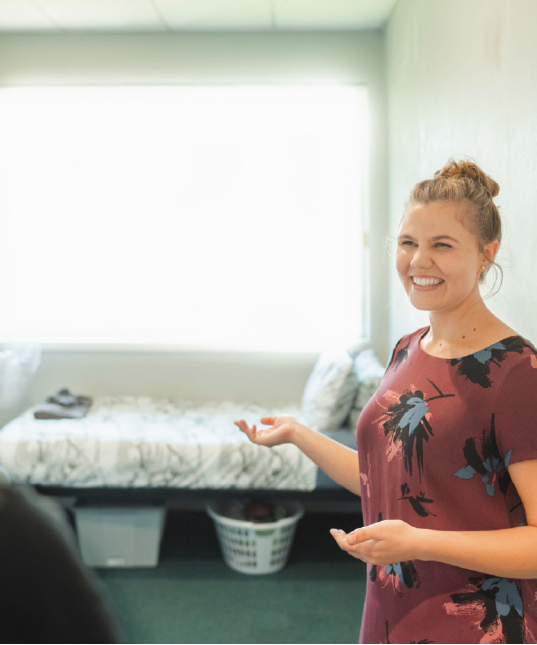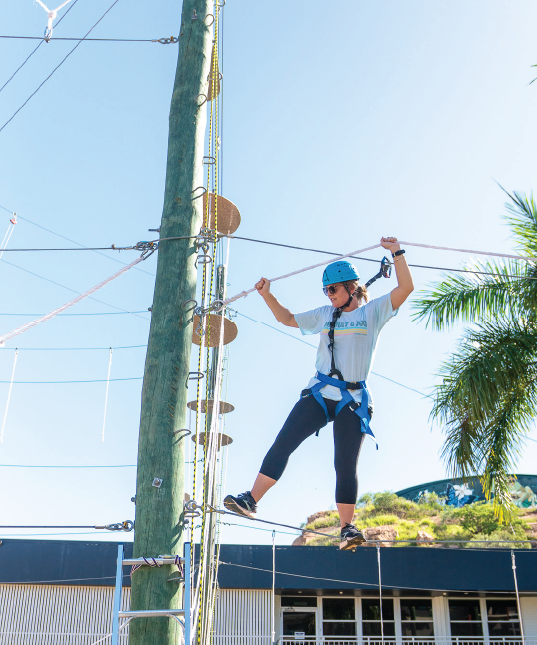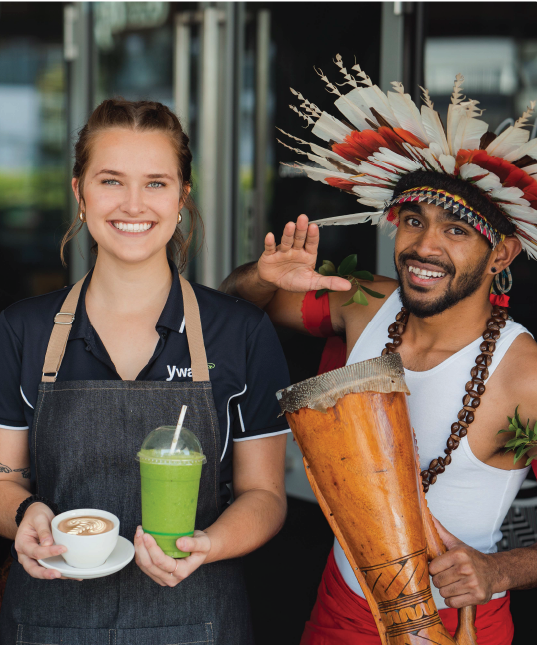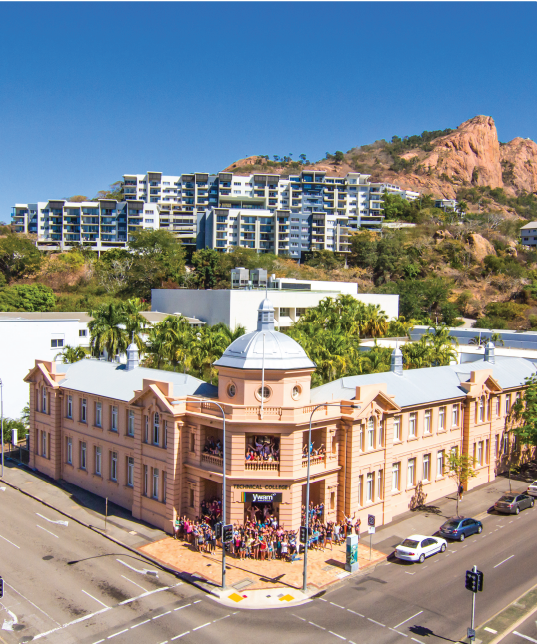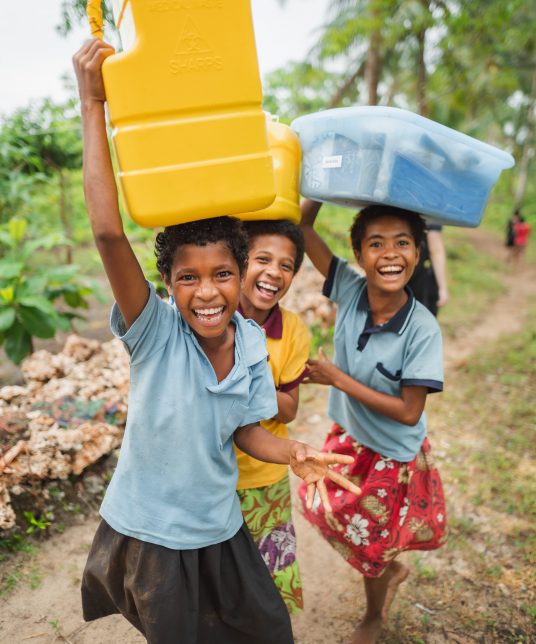“I’ve always hoped to be able to deliver a baby while on outreach,” admitted clinic leader and midwife Naomi Colwell, “but I certainly didn’t imagine it to play out this way.”
Volunteers were enjoying their day off, with most attending a Father’s Day service at the local church in Emeti when a dugout canoe pulled up next to the ship carrying a concerned father.
His wife, Joycie, had gone into labour the day before in a village a few hours paddle away, but when labour was not progressing normally they decided to make the journey to the small health centre at Emeti to seek help since their own village has no aid post or health worker. Discovering the YWAM Medical Ship anchored off shore was a very welcome surprise.
When our team of three midwives and a physician assistant arrived on the scene they were met with a difficult scenario. Joycie was in lot of pain and her baby was stuck in the birth canal with her arm up and cord wrapped around her neck.
The team was able to assist Joycie in the final stages of giving birth, but the baby came out limp – not breathing with only the faintest of heartbeat. With a possible score of ten, midwives assessed the baby’s Apgar score as a one. She was barely alive.
Had we been in Australia she would have been rushed to the neonatal intensive care unit. But here, with very little equipment to work with, her prognosis was even worse. It was a situation that every mother and birth professional dreads.
Half of the team worked on resuscitating the baby for the next several minutes with no improvement, while the other half helped Joycie through third stage labour (placenta delivery), which also proved somewhat difficult.
The team continued working, while also praying for a miracle, and the baby girl finally began to breath. Even still, she was showing very few signs of vitality and had not yet cried.
The women—Joycie’s aunties and sisters—who were gathered in the room began to pray along with our team: Please God, make the baby cry. Twenty seconds later the baby began to cry, which of course caused the whole roomful of women to erupt into tears of joy and relief – crying right along with that beautiful baby.
It was a miracle – a happy, happy miracle.
Not long after the baby girl was born she was named Naomi, after our own midwife Naomi Colwell. And although both mother and baby had a difficult labour and delivery, the outcome was a wonderful one and our team was thrilled to be a part of saving this little girl’s life.

The team of three midwives and a physician assistant who ensured Joycie and Naomi had the best possible care.
As things settled down during the days following baby Naomi’s birth, we learned that Joycie and her husband come from Miruwo, a village that we visited the year before. We also learned that she is the sister of Bokoro, who we helped last year in childbirth when she had a retained placenta, posing a serious risk of postpartum haemorrhage. (Bokoro is the woman who helped us first discover that giving birth in the bush is common in this part of the world.)
Childbirth continues to carry great risk for the women (and their babies) of this remote region in the Western Province of Papua New Guinea where there is little access to medical help if something goes wrong. Joycie has already delivered one son who was lost in childbirth; we are so glad that her baby girl’s story has a different ending.
“I am totally overwhelmed that I could be a part of this miracle,” shared Naomi after the event. “It was a scary situation with a beautiful outcome.”










